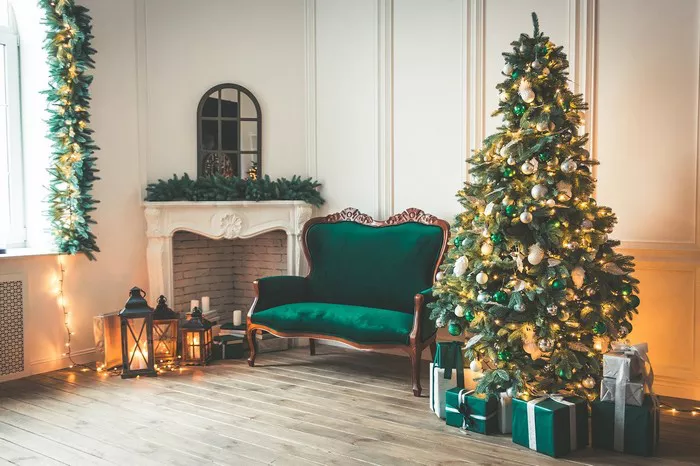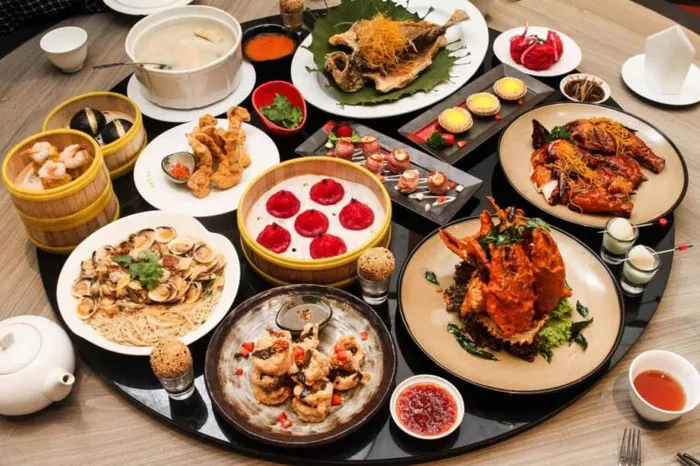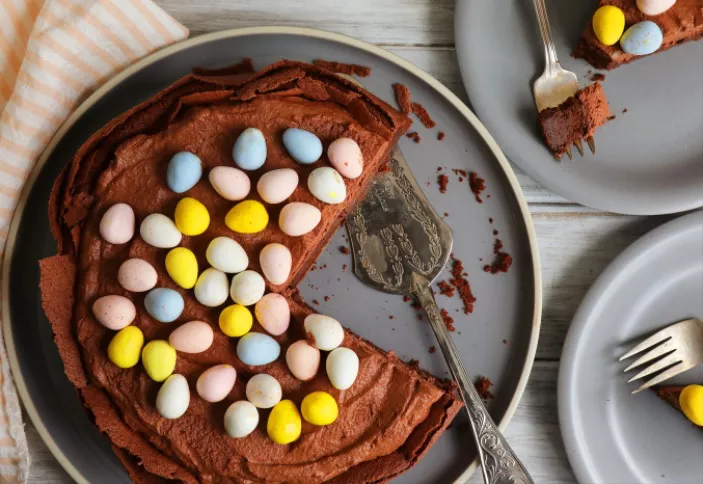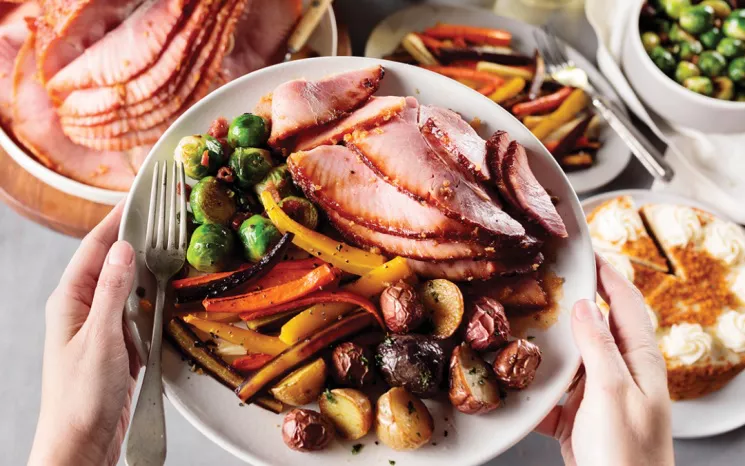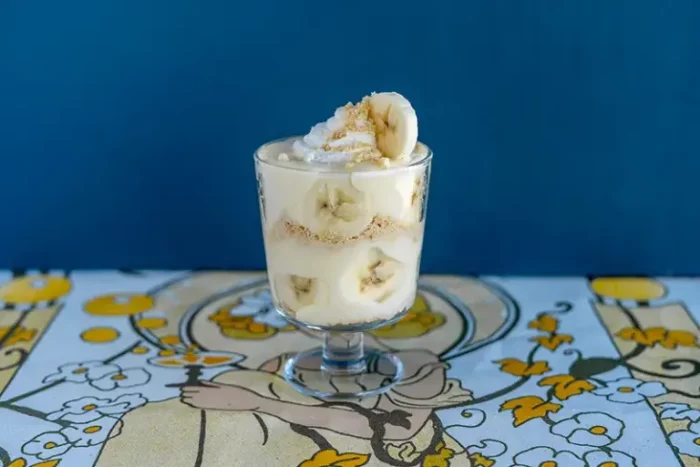Christmas is a time of joy, celebration, and tradition. One of the most cherished customs during this festive season is the tradition of putting up a Christmas tree. This practice brings families together, creates a festive atmosphere, and symbolizes the spirit of giving. In this article, we will explore the history, significance, and various customs associated with the Christmas tree tradition.
The Origins of the Christmas Tree
The Christmas tree tradition has its roots in ancient customs. While the exact origin is unclear, several theories exist.
Pre-Christian Traditions
Before Christianity, many cultures celebrated the winter solstice. They used evergreen trees to symbolize life during the cold, dark winter months. The ancient Egyptians, Romans, and Celts all decorated their homes with greenery during this time.
Egyptians: They used palm fronds to symbolize the victory of life over death.
Romans: During the festival of Saturnalia, they adorned their homes with evergreen boughs.
Celts: They believed that evergreens had magical powers and brought protection.
The Emergence of the Christmas Tree
The modern Christmas tree tradition is believed to have originated in Germany in the 16th century.
Martin Luther: One popular story attributes the first indoor Christmas tree to Martin Luther, a Protestant reformer. Legend says he placed candles on a tree to recreate the beauty of stars shining through the branches on a winter night.
As German immigrants settled in America, they brought this custom with them, which gradually spread throughout the country.
The Symbolism of the Christmas Tree
The Christmas tree is rich in symbolism.
Life and Renewal
The evergreen tree symbolizes eternal life. It reminds us that even in the darkest of times, life continues. This is particularly significant during winter when many trees lose their leaves.
The Light of Christ
Candles and lights on the tree represent the light of Christ. They symbolize hope, warmth, and the promise of a brighter future. The practice of adding lights to the tree has evolved over time, from candles to electric lights, making it safer and more convenient.
Family and Togetherness
Decorating the Christmas tree is often a family activity. It brings loved ones together, creating lasting memories. Families often share stories, sing carols, and enjoy each other’s company while decorating.
How to Choose a Christmas Tree
Selecting the perfect Christmas tree is an important part of the tradition. Here are some popular types of trees and tips for choosing one.
Types of Christmas Trees
Noble Fir: Known for its sturdy branches and pleasant fragrance, this tree is a popular choice.
Fraser Fir: This tree has excellent needle retention and a strong, pleasant scent.
Balsam Fir: It has a classic shape and a sweet fragrance.
Blue Spruce: Known for its striking blue color, it is sturdy but can be prickly.
Tips for Choosing a Tree
Height: Measure your space before selecting a tree. Consider the height of your ceiling and the space for a tree stand.
Width: Ensure the tree fits in your desired location without blocking pathways.
Freshness: Look for trees with vibrant, green needles that are not falling off. A fresh tree will stay beautiful throughout the season.
Decorating the Christmas Tree
Decorating the tree is a beloved tradition in many households. Here are some common elements involved in the decoration process.
Lights
Starting with lights is common. Choose warm or cool white lights, or go for colorful ones, depending on your theme. Many people prefer to wrap the lights around the tree, starting from the bottom and moving up.
Ornaments
Ornaments add personal touches to the tree. They can be store-bought or handmade, reflecting family traditions and memories.
Family Heirlooms: Many families pass down ornaments from generation to generation.
Handmade Ornaments: Creating ornaments together can be a fun family activity.
Garland and Tinsel
Garland, tinsel, and ribbons add depth to the tree’s design. These decorations can be draped over branches or wrapped around the tree.
Tree Topper
The tree topper is often the finishing touch. Common choices include:
Star: Represents the Star of Bethlehem.
Angel: Symbolizes the angels who announced Jesus’s birth.
Bow: Adds a festive touch without a specific religious connotation.
The Christmas Tree in Different Cultures
While the Christmas tree is a popular tradition in many Western countries, various cultures have their unique customs and practices.
Germany
In Germany, Christmas trees are often decorated on Christmas Eve. The tradition of placing gifts under the tree also began here.
United States
In the United States, the Christmas tree became popular in the 19th century. Many families decorate their trees with lights, ornaments, and tinsel. The custom of placing gifts beneath the tree is also widespread.
Other Cultures
Ukraine: In Ukraine, the Christmas tree is known as the “Sviat Vechir” tree. It is often decorated with spider webs and stars, symbolizing good fortune.
Mexico: In Mexico, the Christmas tree is part of the “Las Posadas” celebration. It is often decorated with traditional ornaments and lights.
The Role of Christmas Trees in Modern Society
Today, the Christmas tree continues to play a significant role in holiday celebrations around the world.
Community Events
Many communities organize tree lighting ceremonies, where large Christmas trees are adorned with lights and decorations. These events foster a sense of community and holiday spirit.
Environmental Considerations
As awareness of environmental issues grows, many people are reconsidering their choices regarding Christmas trees.
Real Trees: Many opt for real trees, believing they are more environmentally friendly. When grown sustainably, real trees can help absorb carbon dioxide and support local economies.
Artificial Trees: Others choose artificial trees for convenience and reusability. However, it’s essential to consider their environmental impact, as they are often made from non-biodegradable materials.
Alternatives to Traditional Trees
Some families are exploring alternative options for Christmas trees. These can include:
Potted Trees: A potted tree can be planted after the holidays, providing a living memory of the season.
DIY Trees: Creative families might construct trees from materials like wood, cardboard, or even books, offering a unique and personal touch.
The Future of the Christmas Tree Tradition
As society evolves, so do traditions. The Christmas tree is likely to continue being a central part of holiday celebrations.
Embracing Change
While the core elements of the tradition remain, new practices may emerge. Families may adapt their decorations, choose sustainable options, or incorporate technology in decorating.
Preserving Tradition
Despite changes, the essence of the Christmas tree tradition remains. It continues to symbolize hope, renewal, and togetherness. Families will always find ways to gather, share stories, and create lasting memories around their trees.
Conclusion
The tradition of putting up a Christmas tree is rich with history and meaning. It symbolizes life, hope, and family togetherness. Whether you choose a real tree or an artificial one, decorating it is a cherished activity that brings joy to many. As we continue to celebrate this beautiful custom, we keep alive the spirit of Christmas, fostering love, joy, and unity during the holiday season.
May your Christmas tree shine brightly and your holiday season be filled with warmth and happiness!
Related topics:

